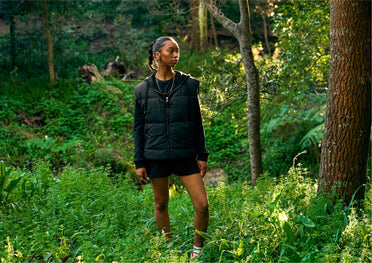Copenhagen & Helsinki Fashion Week - What can we learn from them?
[ Story ]
Article
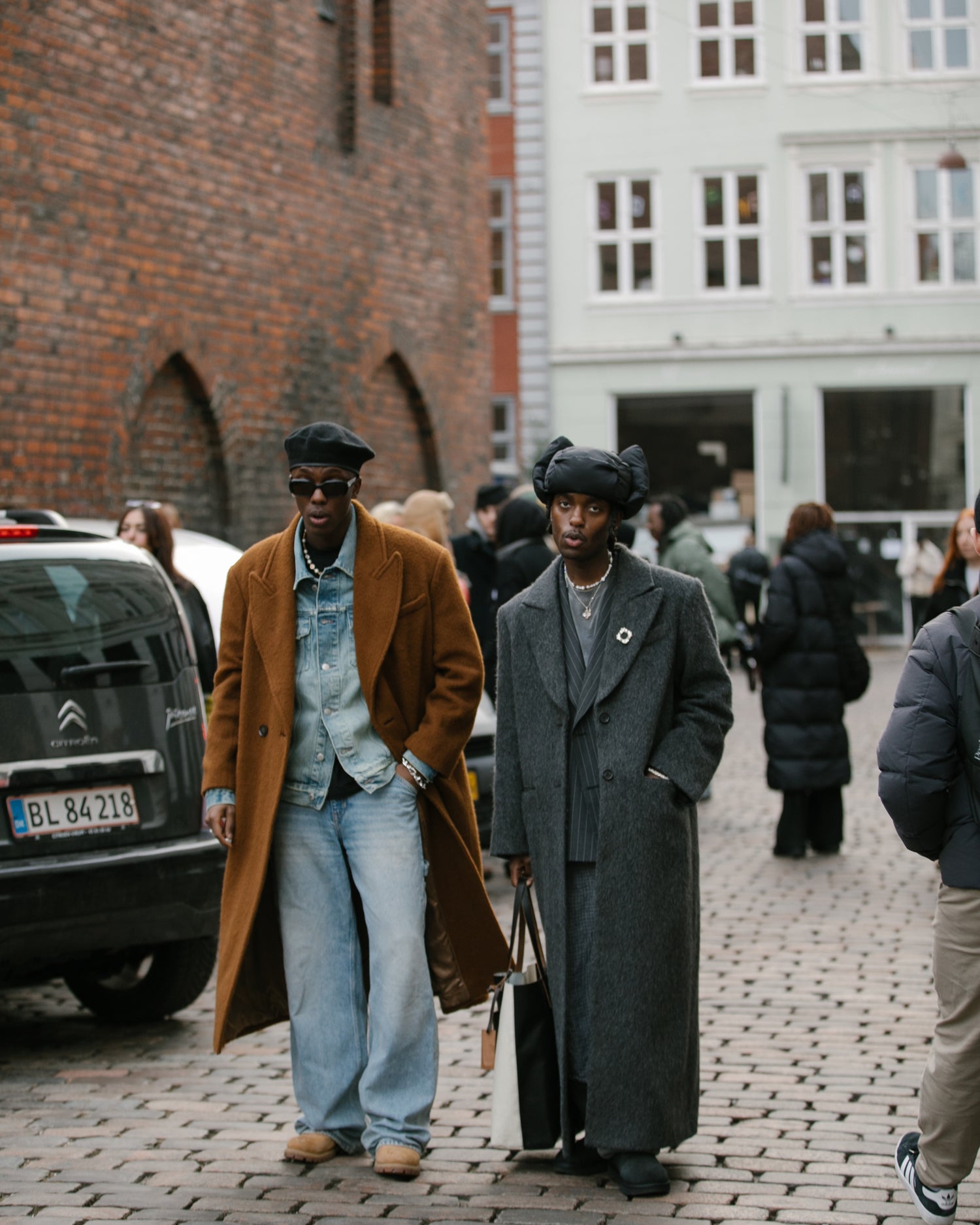
Fashion weeks are the most sacred gatherings in the fashion industry, held bi-annually in cities worldwide. These events bring together designers, buyers, stylists, journalists, and more to celebrate and showcase the latest sartorial trends, centred around runway shows, adjacent events, and panels. The esteemed "big four" – Paris, Milan, London, and New York Fashion Week – have each made significant cultural and economic impacts, enchanting us with the fantasy and creativity that fashion inspires.
Written by Holly Beaton / @hollybellb
Written by Holly Beaton / @hollybellb
Despite this allure, fashion weeks have been slow to address the industry's biggest crisis: its substantial environmental impact, exploitative labour practices, and lack of diversity. It has been reported that the global fashion industry is responsible for anywhere between 4 and 8 percent of global greenhouse gas emissions; a carbon footprint higher than the aviation industry. This is a wild truth – to consider that sustainability in fashion should be an absolute priority – especially considering that our current global CO2 ‘budget’ is set to run out in 2030, and its effect will be irreversible.
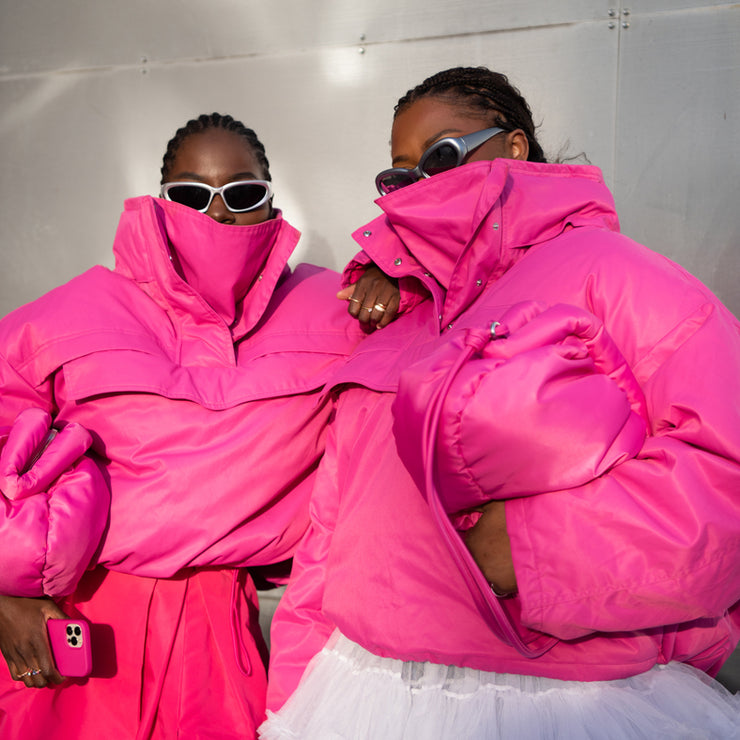
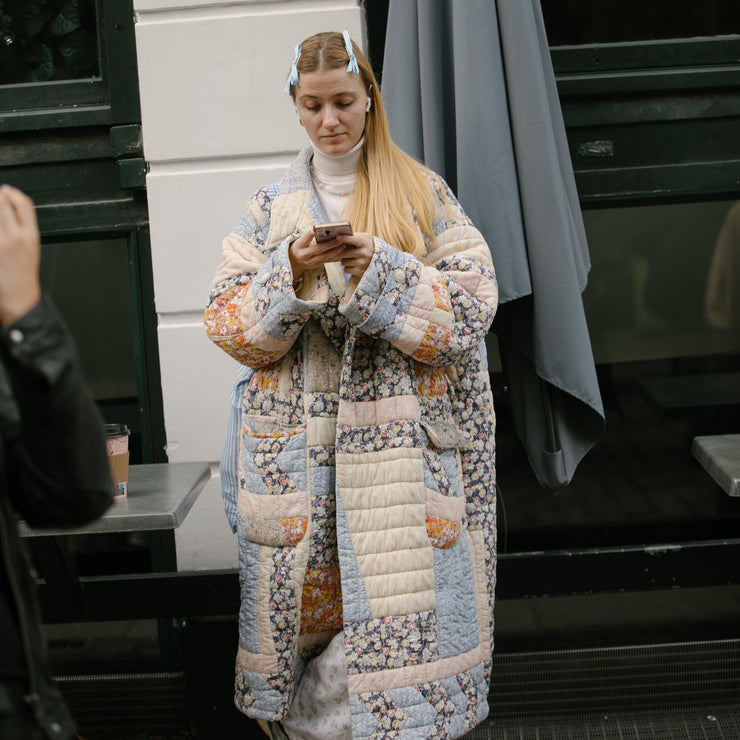
I could go on about the harrowing statistics and reports that have arisen out of the last decade since we began to interrogate the wholesale issues within the fashion industry, and its often murky supply chains and exploitative practices, yet in and amongst the revelation of our consumption and excess; there is always a way to transform any artform (such as fashion is) into a guiding beacon for the future, and if art is a reflex of human ingenuity – fashion is no different.
For every major play that might be stuck in its well-rooted and established ways, there are new kids on the block for whom the climate crisis presents itself as an opportunity to experiment and entirely rewrite their own ‘fashion’ blueprint. Enter Denmark and Finland, two small, Nordic countries making massive waves and systems-change through the medium of fashion presentation. New to the scope of being internationally recognised as robust fashion industries, each country’s capital city – Copenhagen and Helsinki – boast incredibly young fashion weeks, with Copenhagen Fashion Week first established in 2006, and Helsinki Fashion Week in 2015.
To be new to the game is to be fresh in one’s perspective and flexibility, with the possibility to enact brand-new visions for the future. Copenhagen and Helsinki have the most sustainable fashion weeks on the planet. What can we learn from them?
CPHFW and HF as platforms operate very differently – reflective of the diverse ways in which we can approach sustainability in an agenda-setting context for fashion, guided by collaboration and technology. Copenhagen, for example, has taken a very ‘physical’ (IRL) approach to their fashion showcasing: they set out in January 2020 to unveil an ambitious three year Sustainability Action Plan, included in which were minimum standards and requirements for brands to be part of the official schedule. This plan is updated every three years, and reported on after each season, and boasts a rigorous application of sustainability principles across venues, showcases, brands, events and partnerships. Helsinki, on the other hand, has pioneered a digital model (URL) for their sustainability approach. Using the cyberspace lens, Helsinki Fashion Week’s core component is rooted in harnessing the power of technology to democratise fashion through 3D design, blockchain technology, virtual and augmented reality, all made possible through their Digital Village. Their primary focus has been to disrupt the necessity for designers to build exhaustive collections, using excessive materials and creating negative ecological impact, in order to simply showcase their collections to potential audiences.
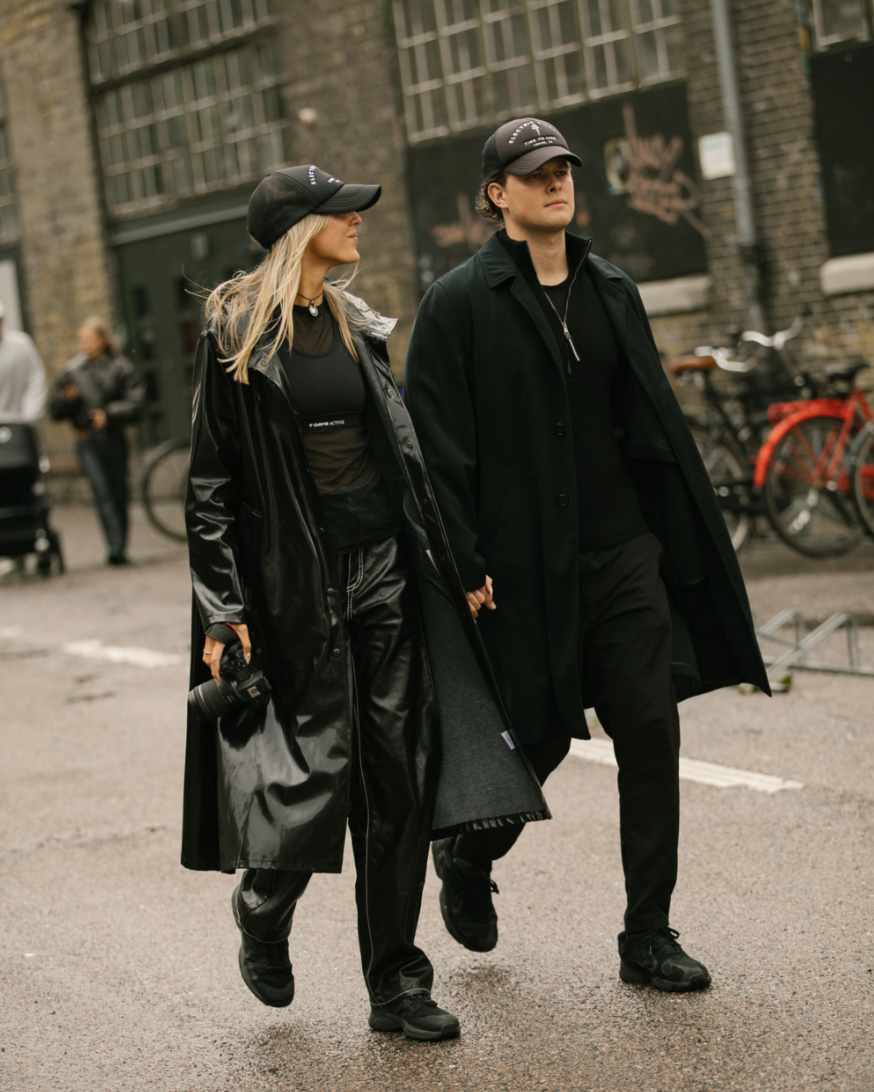
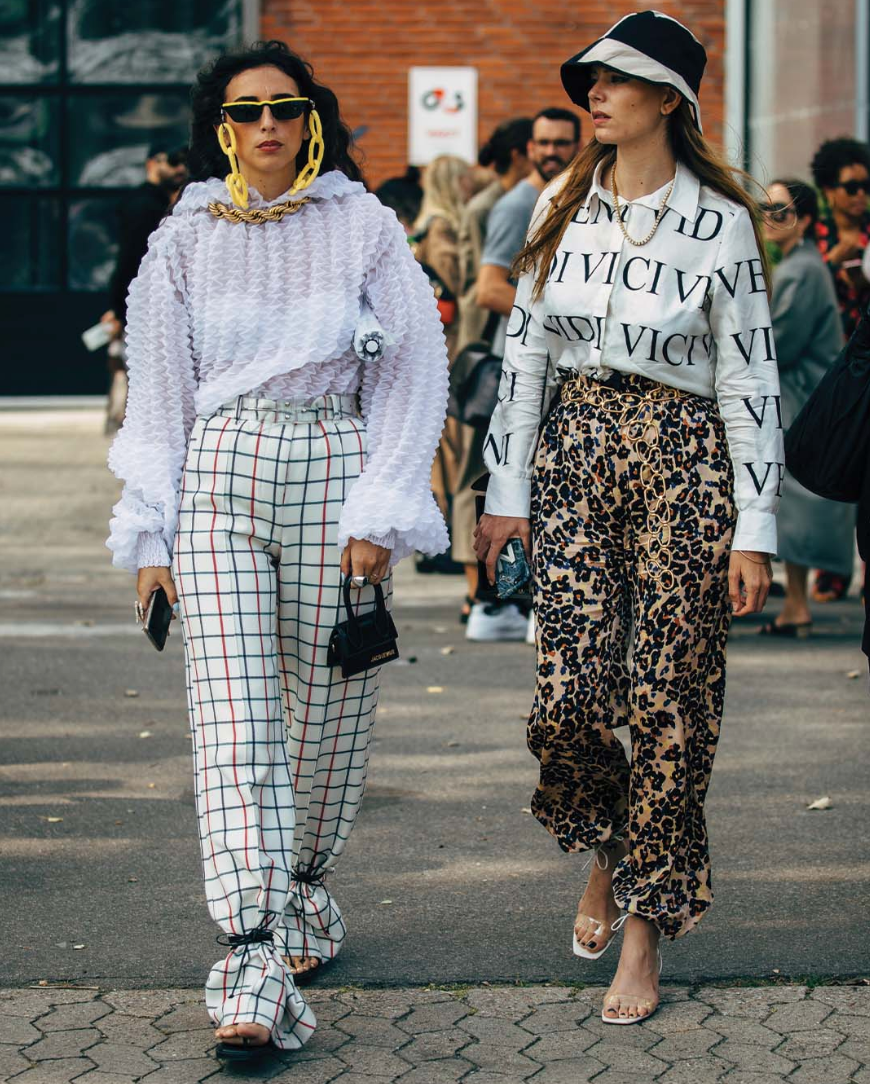
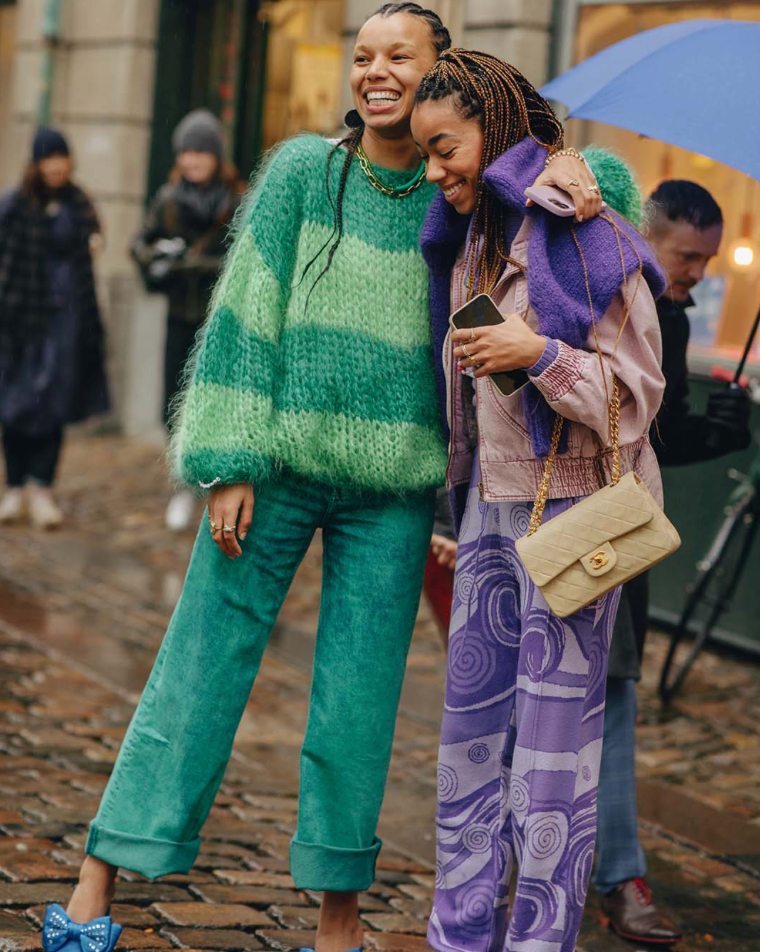
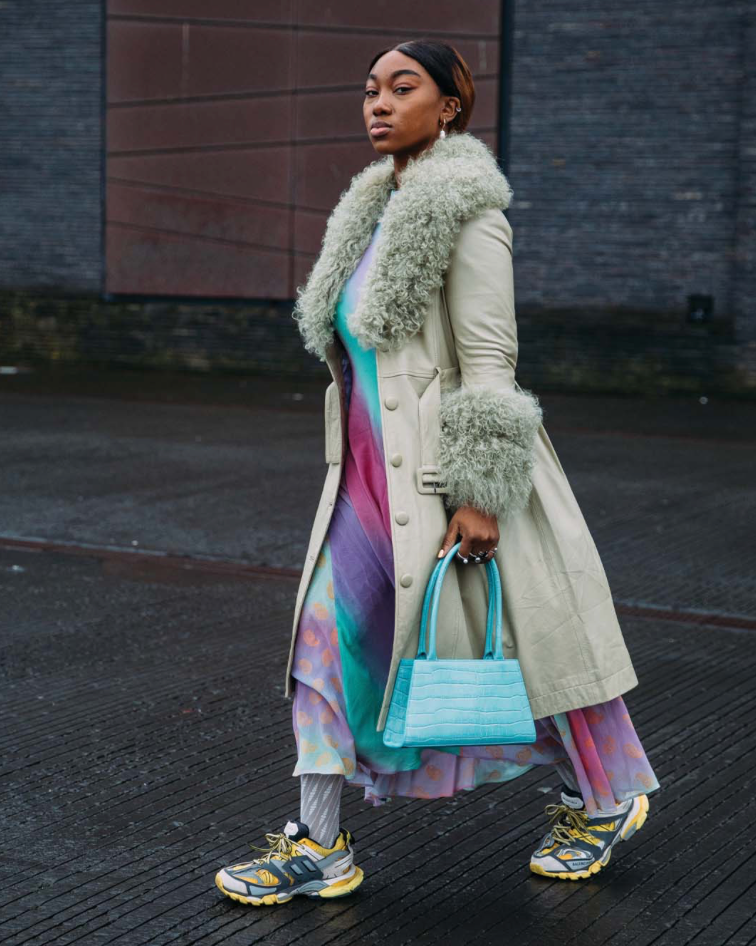
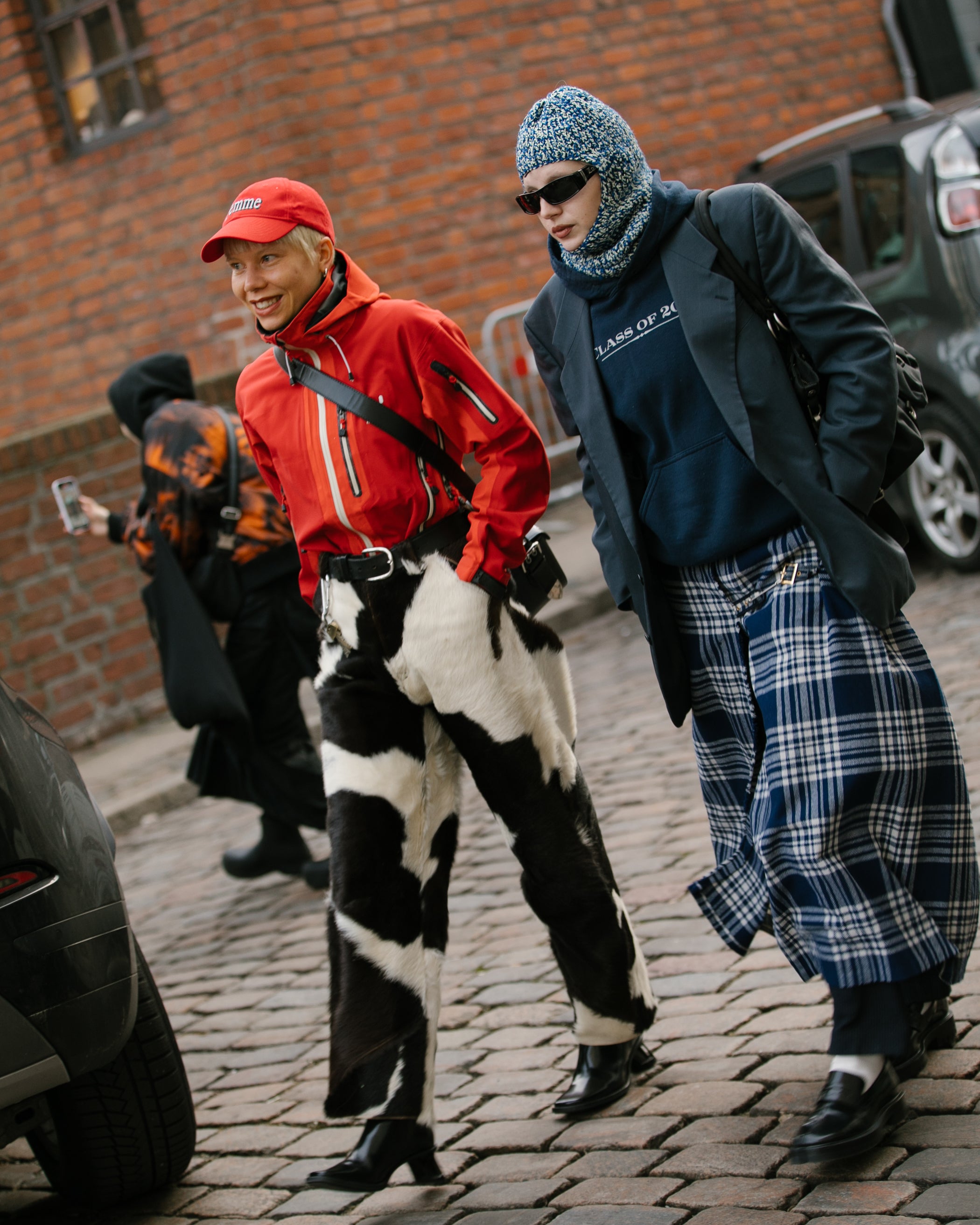
COPENHAGEN FASHION WEEK
Copenhagen Fashion Week’s approach is twofold and underpinned by immense strategic scrutiny, enacted by a specific team and host of experts within the platform. For the actual event, taking place in January and August for four days, CPHFW Spring/Summer and Autumn/Winter have implemented comprehensive venue and event guidelines to promote sustainability and inclusivity. Some of them include; all venues must adhere to green building standards and are scouted to cater to diverse accessibility needs. Set designs must prioritise the repurposing and reusing of building materials to minimise waste impact. Invitations are digital, single-use plastics are banned, and goodie bags are intentionally curated, with brands encouraged to rent garment bags and other necessary items, and Compliance with EU laws on single-use plastics and packaging is mandatory and brands must sign the Danish Fashion Ethical Charter, ensuring diversity and inclusion in model casting and fair wages and meals for staff, while hiring beauty professionals must be skilled in treating diverse skin and hair types and respecting various beliefs.
CPHFW are simultaneously focused on encouraging sustainability that reaches beyond their own scope, right into the value chains of the designers that showcase through their platform. With this, has come a set of ‘minimum standards’ that brands have to adhere to – suffice to say, if you’re watching a brand showcase in Copenhagen, you can be assured it is a sustainably minded label. This is almost unheard of in a landscape in which sustainability has been the exception to the rule, or a ‘niche’ and fringe aspect of a brand’s operational and design vision.
As CPHFW noted in their report, “the Sustainability Requirements span the focus areas of strategic direction, design, smart material choices, working conditions, consumer engagement and showcase production. Since fashion and sustainability encompass a multitude of aspects, the six focus areas touch upon economic, environmental, cultural, social and ethical issues.” Requirements for brands include facets like “at least 50% of our collection is either certified, made of preferred materials or new generation sustainable materials, upcycled, recycled or made of deadstock” and “we do not destroy unsold clothes from previous collections”; you can read the full list of Minimum Standards here, as well as the updated standards set to be enacted in 2025 – it's incredible.
HELLINSKI FASHION WEEK
Fashion week is a hyper-localised experience, confined to the city in which it is held. With the onset of the COVID-19 Pandemic in 2019, HFW saw this era of lock-down as an opportunity to digitise their platform – in a more rigorous way than we saw with runway shows via reels on Instagram. Launching the Digital Village, their cyber-hub is intended to be international and far-reaching in its scope, and inclusive in how it connects creative disciplines across fashion and technology. Their mandate touches on key philosophical issues such as ownership, waste-reduction and the power of global communities – and as their platform describes, “the main purpose of HFW cyberspace is to connect people through a global culture where data is democratised and accessible to the individuals who created that data in the first place. Users in the Digital Village will have their own digital sanctuaries and asset libraries and have an opportunity to develop supportive and collaborative relationships within a new Digital Society, embodying a philosophy that embraces the culture of connection, diversity, and global trade.”
Helsinki Fashion Week’s development of an inclusive space promotes critical discussions and informed choices about digital use. The Digital Village platform is premised on transparency in information - the currency for all digital interactions - and for conscious decisions by consumers, buyers, and producers to be built into their offering; every product is traceable, and this approach encourages best practices for a digitally guided, decentralised future, making informed, impactful decisions accessible to anyone, around the world.
Prior to this current digital era for HFW, the platform was once the most sustainable fashion week from a physical perspective, too. In 2018, for example, Helsinki Fashion Week took place in a “self-sustaining ecosystem exhibiting the prototypic future urban settlement”, titled the ‘Bio Playground’. Its purpose was related to mapping responses to the everyday essentials of clothing, food, energy, water, and waste, showcasing them within a sustainability framework. At its central venue, the Palace of the Nobility, an innovative "urban curtain" was installed. This surface captures CO2 and air pollutants from the atmosphere, which are then stored by algae and transformed into biomass. This process released freshly photosynthesized oxygen into the city's microclimate, enhancing urban air quality. Essentially, Helsinki Fashion Week is on the very cutting edge of innovation – with science, technology and design, mapped out by the purpose of a fashion showcase, offering an immensely trailblazing view of the future.
Copenhagen Fashion Week’s approach is twofold and underpinned by immense strategic scrutiny, enacted by a specific team and host of experts within the platform. For the actual event, taking place in January and August for four days, CPHFW Spring/Summer and Autumn/Winter have implemented comprehensive venue and event guidelines to promote sustainability and inclusivity. Some of them include; all venues must adhere to green building standards and are scouted to cater to diverse accessibility needs. Set designs must prioritise the repurposing and reusing of building materials to minimise waste impact. Invitations are digital, single-use plastics are banned, and goodie bags are intentionally curated, with brands encouraged to rent garment bags and other necessary items, and Compliance with EU laws on single-use plastics and packaging is mandatory and brands must sign the Danish Fashion Ethical Charter, ensuring diversity and inclusion in model casting and fair wages and meals for staff, while hiring beauty professionals must be skilled in treating diverse skin and hair types and respecting various beliefs.
CPHFW are simultaneously focused on encouraging sustainability that reaches beyond their own scope, right into the value chains of the designers that showcase through their platform. With this, has come a set of ‘minimum standards’ that brands have to adhere to – suffice to say, if you’re watching a brand showcase in Copenhagen, you can be assured it is a sustainably minded label. This is almost unheard of in a landscape in which sustainability has been the exception to the rule, or a ‘niche’ and fringe aspect of a brand’s operational and design vision.
As CPHFW noted in their report, “the Sustainability Requirements span the focus areas of strategic direction, design, smart material choices, working conditions, consumer engagement and showcase production. Since fashion and sustainability encompass a multitude of aspects, the six focus areas touch upon economic, environmental, cultural, social and ethical issues.” Requirements for brands include facets like “at least 50% of our collection is either certified, made of preferred materials or new generation sustainable materials, upcycled, recycled or made of deadstock” and “we do not destroy unsold clothes from previous collections”; you can read the full list of Minimum Standards here, as well as the updated standards set to be enacted in 2025 – it's incredible.
HELLINSKI FASHION WEEK
Fashion week is a hyper-localised experience, confined to the city in which it is held. With the onset of the COVID-19 Pandemic in 2019, HFW saw this era of lock-down as an opportunity to digitise their platform – in a more rigorous way than we saw with runway shows via reels on Instagram. Launching the Digital Village, their cyber-hub is intended to be international and far-reaching in its scope, and inclusive in how it connects creative disciplines across fashion and technology. Their mandate touches on key philosophical issues such as ownership, waste-reduction and the power of global communities – and as their platform describes, “the main purpose of HFW cyberspace is to connect people through a global culture where data is democratised and accessible to the individuals who created that data in the first place. Users in the Digital Village will have their own digital sanctuaries and asset libraries and have an opportunity to develop supportive and collaborative relationships within a new Digital Society, embodying a philosophy that embraces the culture of connection, diversity, and global trade.”
Helsinki Fashion Week’s development of an inclusive space promotes critical discussions and informed choices about digital use. The Digital Village platform is premised on transparency in information - the currency for all digital interactions - and for conscious decisions by consumers, buyers, and producers to be built into their offering; every product is traceable, and this approach encourages best practices for a digitally guided, decentralised future, making informed, impactful decisions accessible to anyone, around the world.
Prior to this current digital era for HFW, the platform was once the most sustainable fashion week from a physical perspective, too. In 2018, for example, Helsinki Fashion Week took place in a “self-sustaining ecosystem exhibiting the prototypic future urban settlement”, titled the ‘Bio Playground’. Its purpose was related to mapping responses to the everyday essentials of clothing, food, energy, water, and waste, showcasing them within a sustainability framework. At its central venue, the Palace of the Nobility, an innovative "urban curtain" was installed. This surface captures CO2 and air pollutants from the atmosphere, which are then stored by algae and transformed into biomass. This process released freshly photosynthesized oxygen into the city's microclimate, enhancing urban air quality. Essentially, Helsinki Fashion Week is on the very cutting edge of innovation – with science, technology and design, mapped out by the purpose of a fashion showcase, offering an immensely trailblazing view of the future.
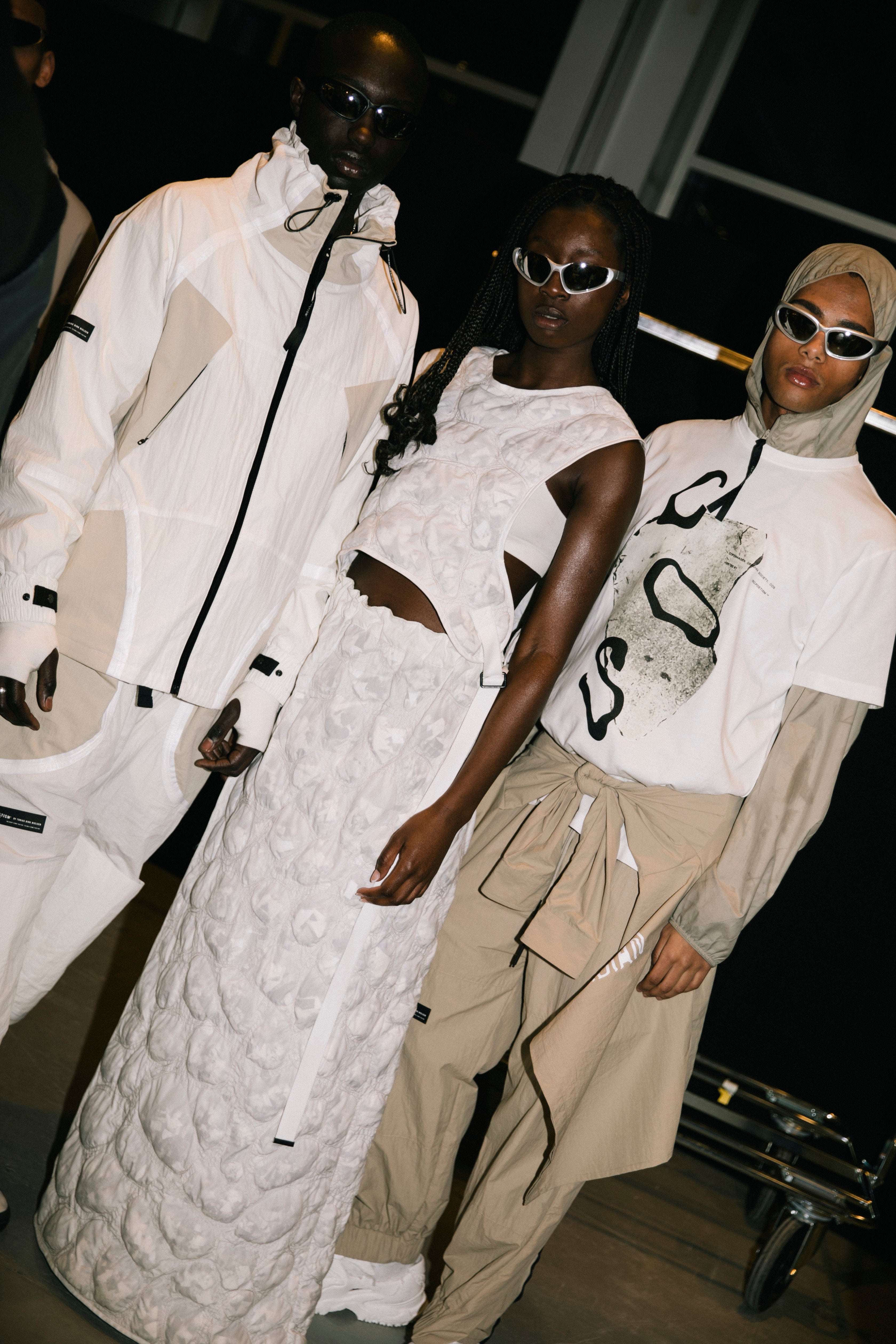
OUR FINDINGS
By combining physical and digital approaches, these fashion platforms demonstrate that sustainability can be integrated into every aspect of fashion, from production to presentation, setting a powerful example for the global fashion industry. With Copenhagen Fashion Week, we see a scrutinising approach, ideated and implemented to an already existing model. When CPHFW began their sustainability journey, they had shared that the platform engaged directly with brands and partners through meetings and think-tanks, to co-develop their sustainability plans, in a collaborative way. The platform also adapts their strategy every three years, demonstrating the need to establish further goals and adapt to innovations and methods, in keeping with increasing urgency that we face with the climate crisis. For Helsinki Fashion Week, their focus on integrating science and technology into the scope of fashion signals a clear vision that our future is rooted in these disciplines; without science or technology, our future is even less than certain and HFW’s integration of this fact shares in the very experimental ways that we need to innovate the future of fashion - and our survival.
We are facing an impending crisis, but from it – ingenuity, commitment and hope have to be our guiding principles. Fashion is as innate to us as fire and food, and we will carry it into the future no matter what this looks. Avoiding a future of an apocalyptic wasteland (though, the Mad Max-esque fashion would be iconic), Copenhagen and Helsinki Fashion Week respectively invite us as audiences and industry insiders to re-imagine the future, and to take action, too.
At Sneaker LAB, we are riding out this same wave led by design-thinking, green philosophies and innovation – we hope you’ll join us.
Photos sourced from: Copenhagen Fashion Week Digital Showroom
By combining physical and digital approaches, these fashion platforms demonstrate that sustainability can be integrated into every aspect of fashion, from production to presentation, setting a powerful example for the global fashion industry. With Copenhagen Fashion Week, we see a scrutinising approach, ideated and implemented to an already existing model. When CPHFW began their sustainability journey, they had shared that the platform engaged directly with brands and partners through meetings and think-tanks, to co-develop their sustainability plans, in a collaborative way. The platform also adapts their strategy every three years, demonstrating the need to establish further goals and adapt to innovations and methods, in keeping with increasing urgency that we face with the climate crisis. For Helsinki Fashion Week, their focus on integrating science and technology into the scope of fashion signals a clear vision that our future is rooted in these disciplines; without science or technology, our future is even less than certain and HFW’s integration of this fact shares in the very experimental ways that we need to innovate the future of fashion - and our survival.
We are facing an impending crisis, but from it – ingenuity, commitment and hope have to be our guiding principles. Fashion is as innate to us as fire and food, and we will carry it into the future no matter what this looks. Avoiding a future of an apocalyptic wasteland (though, the Mad Max-esque fashion would be iconic), Copenhagen and Helsinki Fashion Week respectively invite us as audiences and industry insiders to re-imagine the future, and to take action, too.
At Sneaker LAB, we are riding out this same wave led by design-thinking, green philosophies and innovation – we hope you’ll join us.
Photos sourced from: Copenhagen Fashion Week Digital Showroom
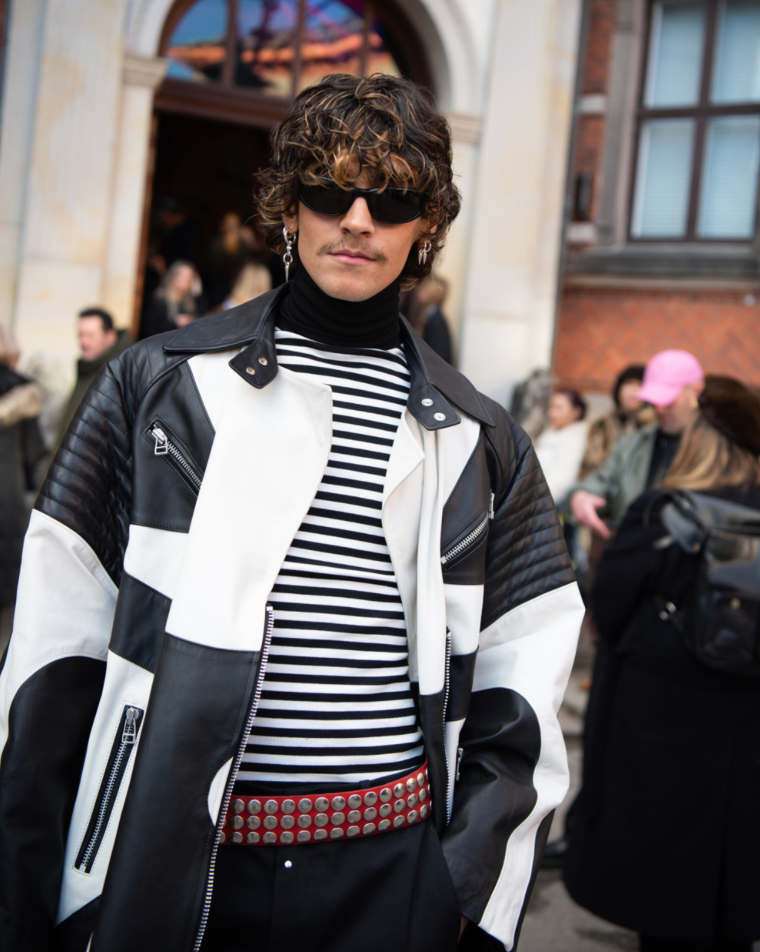
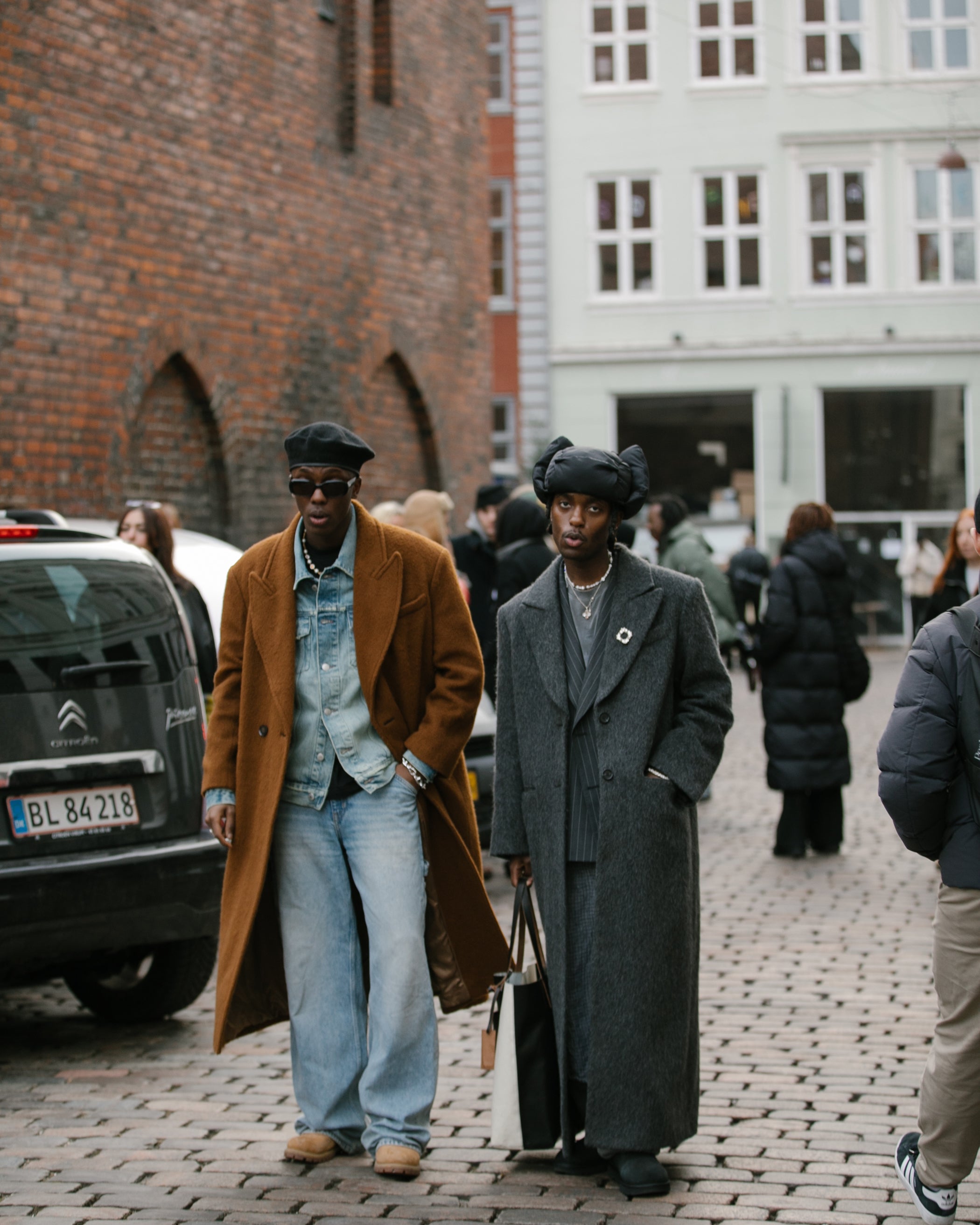
[ Follow ]
